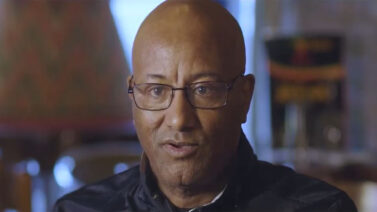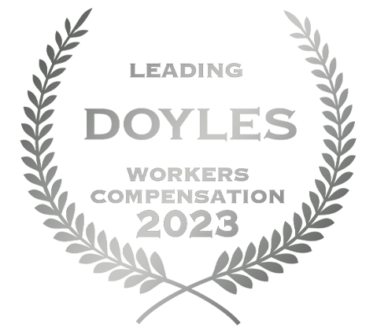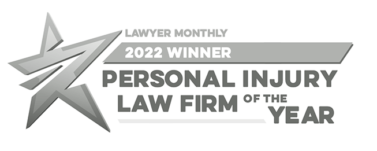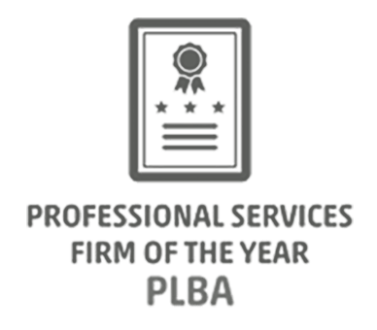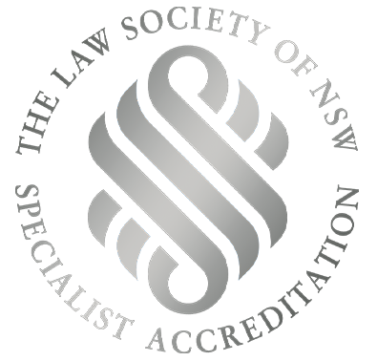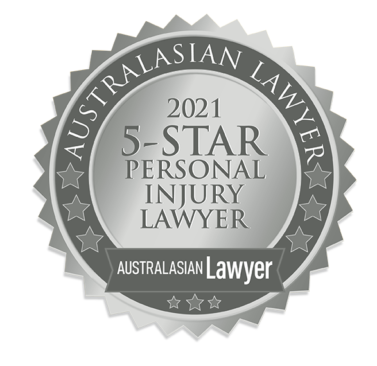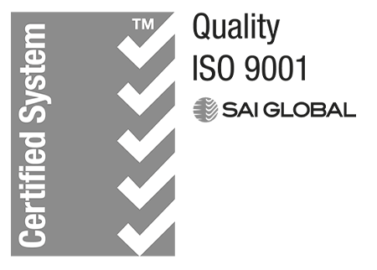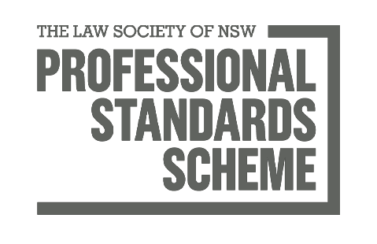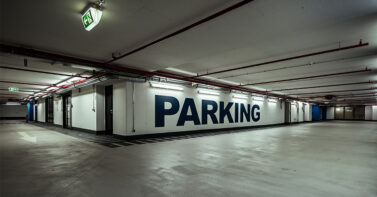
Public Liability Claims Guide.
When you’re out and about shopping, enjoying recreational activities, or visiting a public building, the last thing you expect is to be injured in an accident. But if you’re injured in a slip, fall or any other accident in a public place, you may need time off work and medical treatment and this can create financial stress for you and your family. A public liability claim can be a real lifeline, providing financial support while you recover, and for more serious injuries, significant lump sums.
We’ve won thousands of public liability claims for our clients, and in this guide, we explain everything you need to know to make a successful claim. We’ve included claim examples and information on how to get help with your claim – and keep an eye out for expert tips from our public liability lawyers.
Injured in a public place – what you need to know.
Based on the thousands of public liability claims we’ve made for our clients, these are the most common situations we come across when people call us for help:
The first step is to understand whether your accident and injuries qualify for compensation, and how likely it is that your claim will succeed. This is covered in some detail in this article, but you can also call us on 13 15 15 and get free legal advice over the phone.
You may have been told by the management of the location where you were injured, or their insurer, that you can’t claim – for example, they might say the accident wasn’t their fault. However, managers of public places owe you a duty of care, so it’s worth getting advice on whether a breach of that duty caused your injury. Read on to learn more about this.
Many people come to us after receiving a settlement offer for their injuries. However, we often find that they’re entitled to a lot more compensation than they’ve been offered. This article will help you understand why it’s important not to rush into accepting an early offer, and how the right legal advice can make a massive difference to the amount you receive for your public liability claim.
Public liability claims are often rejected because the building or location management say they weren’t responsible for your injuries, or that you were at fault. However, our specialist public liability lawyers have a strong track record of building evidence, proving liability, and getting claim denials overturned. Read on to learn more.
A public liability claim is a claim for compensation to cover the losses you incur from being injured in a public place. It can include amounts for:
- Lost income – from having time off work
- Medical expenses
- Travel expenses
- Domestic assistance you’ve needed during treatment and recovery
- Pain and suffering, permanent impairment, and future losses lump sums
Most public places and buildings, including rental properties, have public liability insurance in NSW. So if you’re injured in one of these buildings and you make a public liability claim, it’s likely you’ll be claiming compensation from the public liability insurer.
Ask yourself these three questions:
- Have you been injured in a public place like a supermarket, office building or park?
- Was the injury caused by someone’s negligence?
- Have you had any time off work to recover or any medical or treatment costs?
If you answered yes to these questions, then it’s likely you can make a public liability claim.
Expert tip: Proving that your injury was caused by someone’s negligence can be complicated. But read on to learn more about whether you’re entitled to make a public liability claim and how to get help with your claim. We’ve also included examples of claims and payouts and the simple steps you can take to make a successful claim.
Quick links
- The public liability claims process in NSW
- Public liability settlements and payouts
- Types of public liability claims and examples of when to claim
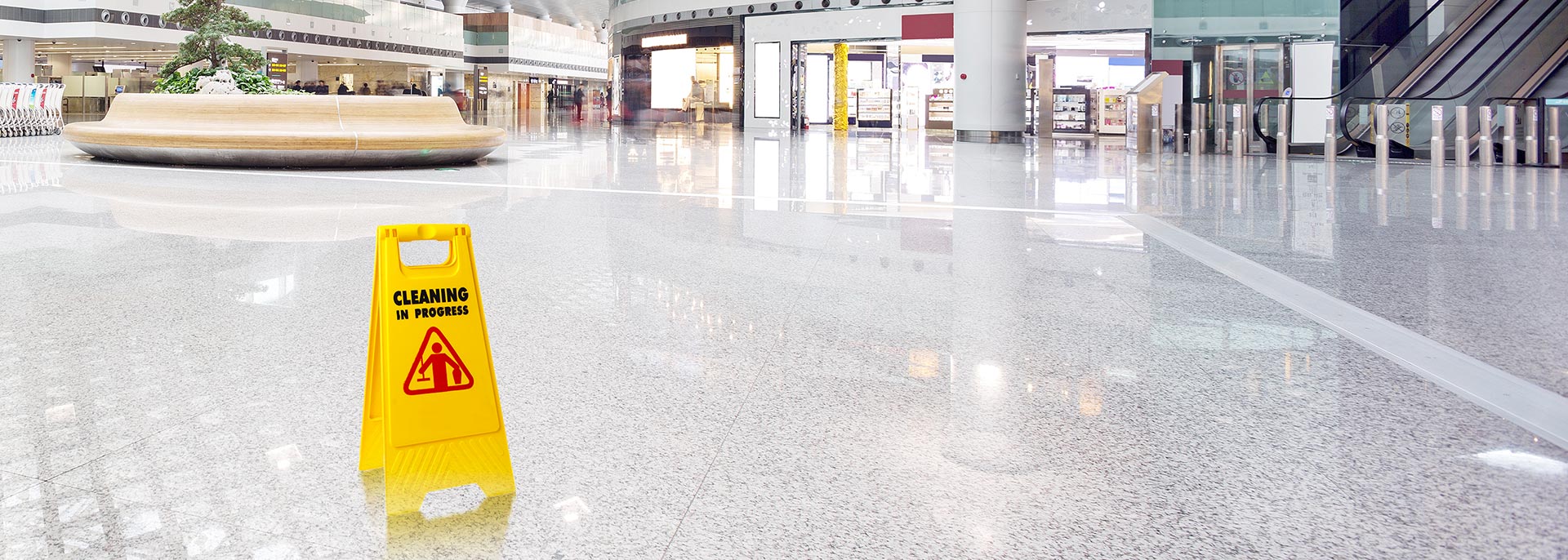
What’s the public liability claims process?
Even if you’re going to get a lawyer to handle your claim for you, it’s a good idea to have a basic understanding of the public liability claims process before you start. Here are the basic steps to the claim process:
This could include photos of the hazard that caused your accident, statements from witnesses and accident reports from the local authority or building manager.
You’ll need medical evidence such as scans and x-rays to prove what injuries you suffered from the accident.
You’ll need to identify who is the organisation or person (e.g. building manager, landlord, or tenant) in charge of the location or building where the accident occurred, as you’ll likely be claiming against their public liability insurer.
Expert tip: If you’re not sure who’s responsible, you can call 13 15 15 and get free advice on how to find out.
If the insurer accepts liability then it’s likely it will offer you a settlement payment. Many public liability claims are settled without the need for court action.
You may need to take court action to gain compensation for your losses.
Expert tip: Although the public liability claim process is relatively straightforward, there are two important factors to keep in mind before you proceed with a claim:
- The initial settlement offer from an insurer may be significantly lower than the actual amount you’re entitled to.
- The success of your claim, and the amount of compensation you receive, will be largely determined by the quality of the evidence that supports your claim.
Now that you understand the public liability claim process, read on to learn how you can use this information to give your claim the best possible chance of success, and how to make sure you receive absolutely everything you’re entitled to, including any lump sums.
How do I know if my public liability claim will be successful?
For your public liability claim to be successful, you’ll need to prove that:
- Your accident could have been avoided if the authority or building manager had taken action to prevent it
- You’ve incurred losses as a result of your injuries
Proving these two points isn’t always straightforward – you can only hold someone liable if they knew or should have known about a potential hazard and did nothing about it.
An example of liability for a slip and fall.
Take for example a slip and fall accident. If a hazard like a roof leak causing a slippery floor had just happened before your accident, and there was no way for the building manager to know about it yet, it’s very unlikely they could be held liable. However, if the building manager knew about the slippery floor and failed to clean it up or put up warning signs, they’d likely be found liable for your accident.
Proving liability is key to the success of your claim, and this is where we can help. At Law Partners, we have extensive experience building strong public liability claims and negotiating significant settlements for our clients. We win over 99% of our cases.
Call 13 15 15 or chat to us now for free advice
Chat nowFind out how much you can claim.
Get startedPublic liability – what can I claim for?
Depending on the extent of your injuries, you might be able to claim public liability compensation for:
- Lost income – the amount of income you’ve lost through time off work.
- Medical expenses – resulting from your injuries.
- Travel expenses – to and from medical appointments and treatment.
- Domestic assistance – the cost of getting help with home duties.
- Pain and suffering – a lump sum to compensate you for your pain and suffering, based on the extent of your injuries.
- Permanent impairment – a lump sum to cover your loss of functionality or limitation of movement of a part of your body.
- Future losses – for example, your future earnings that you will miss out on as a result of your injuries.
Expert tip: If you can’t work, you might also be entitled to a lump sum TPD payment through your super fund.
What’s the time limit for public liability claims in NSW?
Generally, you have three years from the date of injury to claim public liability compensation. However:
- In some cases, it might be possible to claim up to three years from becoming aware of your injury.
- If you’re a minor or a person with a disability you have six years from the date of injury.
Regardless of how long it’s been since your injury, if you’re considering claiming public liability compensation you should speak to a public liability lawyer and get advice on your options as soon as possible. The sooner you start the process the easier it will be to gather the evidence you need to make a successful claim. Even if you think you’re too late, there’s no cost to call 13 15 15 and find out if you can still claim.
How long does a public liability claim take?
Public liability claims typically take 12-18 months to settle. However, they can take significantly longer depending on your injuries, especially if you can’t reach a settlement agreement and you need to take the insurer to court to pursue compensation.
Expert tip: It’s also important that your injuries are given time to stabilise before you finalise your claim, to make sure you’re claiming everything you’re entitled to. This is another reason why you should never allow yourself to be pressured into taking an early settlement.
Do I need to go to court during a public liability claim?
When you make a public liability claim, you’re claiming the defendant is liable for your injuries. If the defendant admits liability, then their public liability insurer is likely to offer you a sum of money as compensation – this is known as a settlement. If you can’t come to an agreement on the settlement amount, or if the defendant denies liability, then you have the option of taking them to court and letting a judge decide on the outcome – this is known as litigation.
Even if the defendant admits liability, the settlements we win for our clients are often significantly higher than the first settlement offer from the public liability insurer.
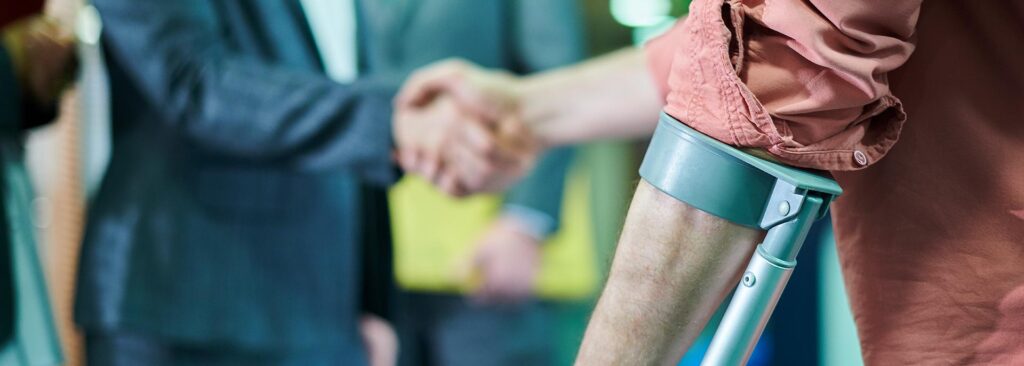
How much will I get for a public liability claim in NSW?
Public liability claims payouts depend on the extent of your injuries and the expenses you’ve incurred, but payouts can run into hundreds of thousands or even millions of dollars. Looking at settlements from past claims can be a good way to get an indication of what you might be entitled to.
Public liability claim example: small business owner wins $540,000 settlement for slip and fall.
Frank took a break from his news agency at a shopping complex in South-West Sydney to go to the toilet. When he got there, he slipped on newspaper and cardboard that had been laid across a wet floor at the entrance. Frank suffered full tears of both his rotator cuffs and broken bones in both his wrists. He underwent two operations to repair the severely torn muscles, and not long after the accident he also developed carpal tunnel syndrome in both wrists. Frank’s lawyer, Chantille, discovered that the shopping centre had no adequate hazard identification system or regular system to clean the floors of the common areas. Chantille made a successful public liability claim on Frank’s behalf, resulting in his $540,000 settlement.
Expert tip: An important point about public liability compensation that’s often missed is that simply claiming for the obvious injury could mean you miss out on significant entitlements. In many cases an injury leads to other problems – for example, an injured leg can lead to a limp that causes hip and back problems.
This is where our specialist public liability lawyers can really help. By getting to know you personally, then gathering all the medical evidence and arguing your case on your behalf, we’ll generally get you a much higher public liability compensation payout than if you simply accept an offer from the insurer.
How much can I get for pain and suffering in a public liability claim?
If your injuries are significant, you might be able to claim a lump sum for pain and suffering as part of your public liability claim payout. The maximum amount payable in NSW is $722,000*.
Pain and suffering is a payment for the harmful impact the injury has had on your life, physically and mentally. It’s also referred to as general damages or non-economic loss. It’s calculated based on the extent of your injuries compared to the ‘most extreme case’ (MEC) and is payable if your injuries are assessed as being at least 15% of the MEC.
*Current as of August 2024
Call 13 15 15 or chat to us now for free advice
Chat nowFind out how much you can claim.
Get startedWhat are the most common public liability claims?
Here’s a list of the most common situations for accidents and injuries that lead to public liability claims:
| Situation | Common accidents |
|---|---|
| Supermarkets and shopping centres | Slips, trips and falls |
| Restaurants and cafes | Slips, trips and falls, food poisoning |
| Hotels and bars | Slips, trips and falls, assaults and security guard incidents |
| Rental properties | Accidents from poorly maintained premises |
| Public and private schools | Slips, trips and falls, sporting injuries |
| Public parks and theme parks | Slips, trips and falls, accidents from poorly maintained walkways and equipment |
A very common public liability claim example is a slip and fall accident in a supermarket or shopping centre. Supermarkets are notorious places for spillages and wet floors that become hazardous, so it’s no surprise that the majority of accidents in supermarkets are from slips and falls.
Three examples of when to make a public liability claim.
We’re often asked – how do I know if I have a valid public liability claim? In this section, we look at three different public liability claim examples to help you understand what qualifies for compensation.
Public liability claim example 1:
It can be difficult to win public liability compensation claims against local councils because they’re heavily protected under the legislation, but that’s not to say they can’t be held liable for injuries.
In this example, the tree root growing into the path was a clear trip hazard. If you can show that it had been reported to the council prior to your accident, and if the council failed to do anything about it, then it’s likely you can make a public liability claim against the council.
The key legal point here is that if the council was aware of the hazard, had the opportunity to fix it and protect the public from injury, but failed to do so, then there may be a valid claim. So this is a good example of where a public liability lawyer may be able to build a strong case for you.
Public liability claim example 2:
Supermarkets and stores are required to make sure their appliances are regularly serviced and suitable to operate when customers are around. A fridge that leaks water is an obvious hazard and it’s the responsibility of the supermarket to have processes in place to check for hazards, put up warning signs and clean up leaks promptly.
In this situation, if it can be shown the supermarket knew or should have known about the leak but had failed to put up a warning sign or clean it up, then it’s likely you would have a strong public liability claim against the supermarket. For more information, read our supermarket slip and fall claim guide.
Public liability claim example 3:
With many public liability claims, a common defence is ‘obvious risk’. This refers to the presence of a potential hazard being so obvious that the public should be able to avoid accidents by simply being careful.
But risk isn’t always obvious. For example, if the car park accident happened at night, the lighting where the car was parked was dim, and the drain was partially covered and hard to see, then it could be argued that the drain was not an obvious risk. The car park owner could have done more to prevent injury to its customers – for example, by improving the lighting or installing a barrier to prevent people falling into the drain. Again, a good public liability lawyer could build a strong case around this argument on your behalf.
How can I get help with my public liability claim?
Public liability claims can be complex, so it’s strongly advised that you engage an experienced public liability lawyer to act on your behalf and manage the claim process for you. At Law Partners, we have a team of dedicated public liability lawyers. Our no win no fee lawyers win over 99% of our cases and we’ll fund your claim for you, so you’ll only have to pay us after you receive your compensation.
Even if you’re not ready to engage a lawyer, you can still call Law Partners on 13 15 15 and get free legal advice over the phone.
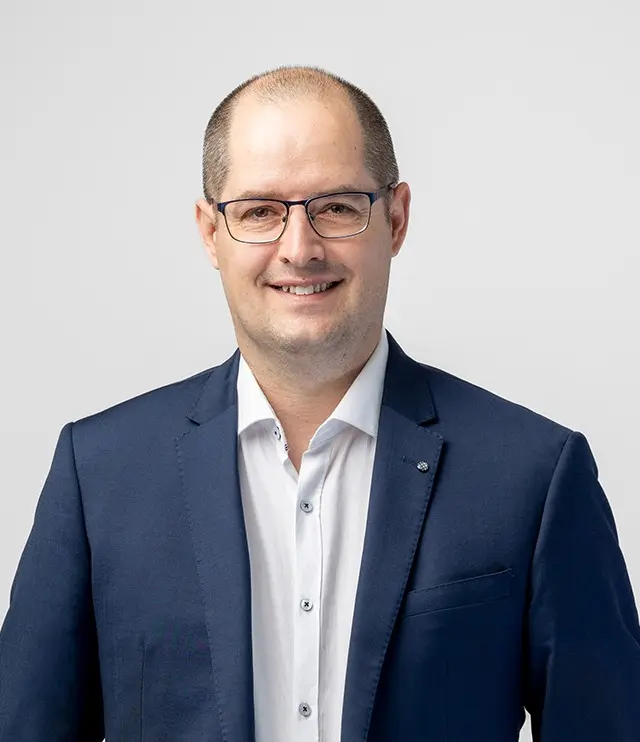
Shane Butcher
Principal
An accredited specialist in personal injury law and spokesman for the Australian Lawyers Alliance, with the best part of 20 years’ experience in assisting injured Australians to receive everything they’re entitled to.
Related articles.
Do I have a case?
Our senior lawyers will assess your case for free.


